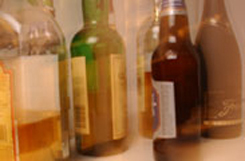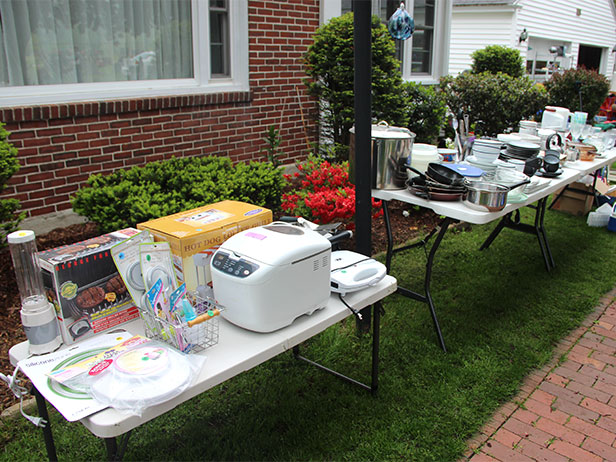
Binge drinking is a common pattern of excessive alcohol use in the United States. The National Institute of Alcohol Abuse and Alcoholism defines binge drinking as a pattern of drinking that brings a person’s blood alcohol concentration (BAC) to 0.08 grams percent or above.
This typically happens when men consume 5 or more drinks, and when women consume 4 or more drinks, in about 2 hours.
Most people who binge drink are not alcohol dependent.
- Approximately 92% of U.S. adults who drink excessively report binge drinking in the past 30 days.
- Although college students commonly binge drink, 70% of binge drinking episodes involve adults over age 25 years.
- The prevalence of binge drinking among men is 2 times the prevalence among women.
- Binge drinkers are 14 times more likely to report alcohol-impaired driving than non-binge drinkers.
- About 90% of the alcohol consumed by youth under the age of 21 years in the United States is in the form of binge drinks.
- About 75% of the alcohol consumed by adults in the United States is in the form of binge drinks.
-
The proportion of current drinkers that binge is highest in the 18- to 20-year-old group (51%).
Binge drinking is associated with many health problems, including but not limited to
- Unintentional injuries (e.g., car crashes, falls, burns, drowning).
- Intentional injuries (e.g., firearm injuries, sexual assault, domestic violence).
- Alcohol poisoning.
- Sexually transmitted diseases.
- Unintended pregnancy.
- Children born with Fetal Alcohol Spectrum Disorders.
- High blood pressure, stroke, and other cardiovascular diseases.
- Liver disease.
- Neurological damage.
- Sexual dysfunction.
-
Poor control of diabetes.
Evidence-based interventions to prevent binge drinking and related harms include
- Increasing alcoholic beverage costs and excise taxes.
- Limiting the number of retail alcohol outlets that sell alcoholic beverages in a given area.
- Consistent enforcement of laws against underage drinking and alcohol-impaired driving.
- Screening and counseling for alcohol misuse.
Source: Centers for Disease Control, Neighborhood Link
 Print
Print Email
Email







